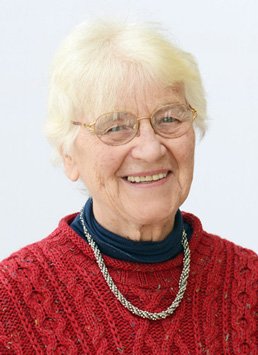Society for the Study of Women Philosophers, Inc.
a non-profit, tax-exempt educational charity 501(c)3 Internal Revenue Code
Bathsua Makin
1612-c.1675
English Feminism
|
Kate Lindemann's Women Philosophers pages |
 |
Remember!! Your purchase of books by clicking on Abe Books or Amazon links through this site earns us a small commission that is used to provide travel scholarships. |
Chronology for Bathsua Makin
1612 She was born in England. There is no record of her mother's name. Her father was Henry Reginald, a schoolmaster. We know of at least one sister, Ithamaria.
NOTE: It was long believed that she was the daughter of John Pell and Mary Holdan who had two sons, Thomas, who served at court and John, a mathematician who some believe created the division sign. Recent scholarship discredits this attribution showing that the letters between John and his sister-in-law, referring to her as 'sister' were simply using the common social convention at the time for a relationship by marriage. John Pell had married Ithamaria Reginald. He was not Bathsua Makin's brother by birth.
Persons interested in history might want to know that Thomas Pell, was the first Lord of the Manor of Pelham, New York. He owned Pelham Manor, Pelham, Pelham Bay and the surrounding areas in what is now known as the North East Bronx and Southern Westchester county. This Pelham Blog entry clarifies the relationship between Bathsua Reginald Makin and Thomas Pell at Makin and Thomas Pell
Bathsua Makin was well educated. Apparently she received the typical 'classical education' of the 17th century. She knew Greek, Latin, French as well as English - knowledge that allowed her to 'earn her way' in later years.
1621 This is the year of her marriage to Richard Makin who was at court in the 1620's and 30's. Richard later lost his place at court. The couple had several children and so there was economic hardship when Richard no longer had a place at Court.
1640 Richard Makin's petition to return to court was denied.
Bathsua Reginald Makin was admitted to court and she continued to be employed there as tutor to Princess Elizabeth, daughter of Charles I and Henrietta Marie. Some scholars believe that Anna Maria Van Schurman assisted her in obtaining this position.
1650 Princess Elizabeth dies and Bathsua Makin's position as tutor dissolves. This makes for real financial difficulties.
1655 Makin's petition for 'payment of services' to the court is dismissed. Her family continues to experience financial difficulties.
1659 - Richard, her husband dies. Bathsua Makin obtains a position with Lucy Hastings, Dowager Countess of Huntingdon, where among other things she taught the Countess foreign languages.
ca. 1662 - By 1662, she is no longer employed by Hastings. Instead, she has set up a school of her own outside London at Tottenham High Cross.
1675 There is a letter dated 1675 so we know that Bathsua Makin was still alive in this year. But it is unclear how long she lived or when she died.
Works
1616 - Musa Virginea - it is this book of poetry which identified her as a Reginald. It states : "“The Virgin Muse {in} Greek-Latin-French, by Bathsua R{eginald}, (daughter of Henry Reginald, school master and language lover, near London), published in her sixteenth year of age.” (source of information: Wikipedia encyclopedia entry)
1649 - an Elegy in Latin addressed to Lucy Hastings on the occasion of the death of Henry, Lord Hastings.
1664 - “Upon the Much Lamented Death of the Right Honorable, the Lady Elizabeth Langham.”
1673 An Essay to Revive the Ancient Education of Gentlewomen. Makin's major philosophical work.
Her biography by Frances Teague, Bathsua Makin: Woman of Learning.
This page was updated 10 January, 2015.
Society for the Study of Women Philosophers